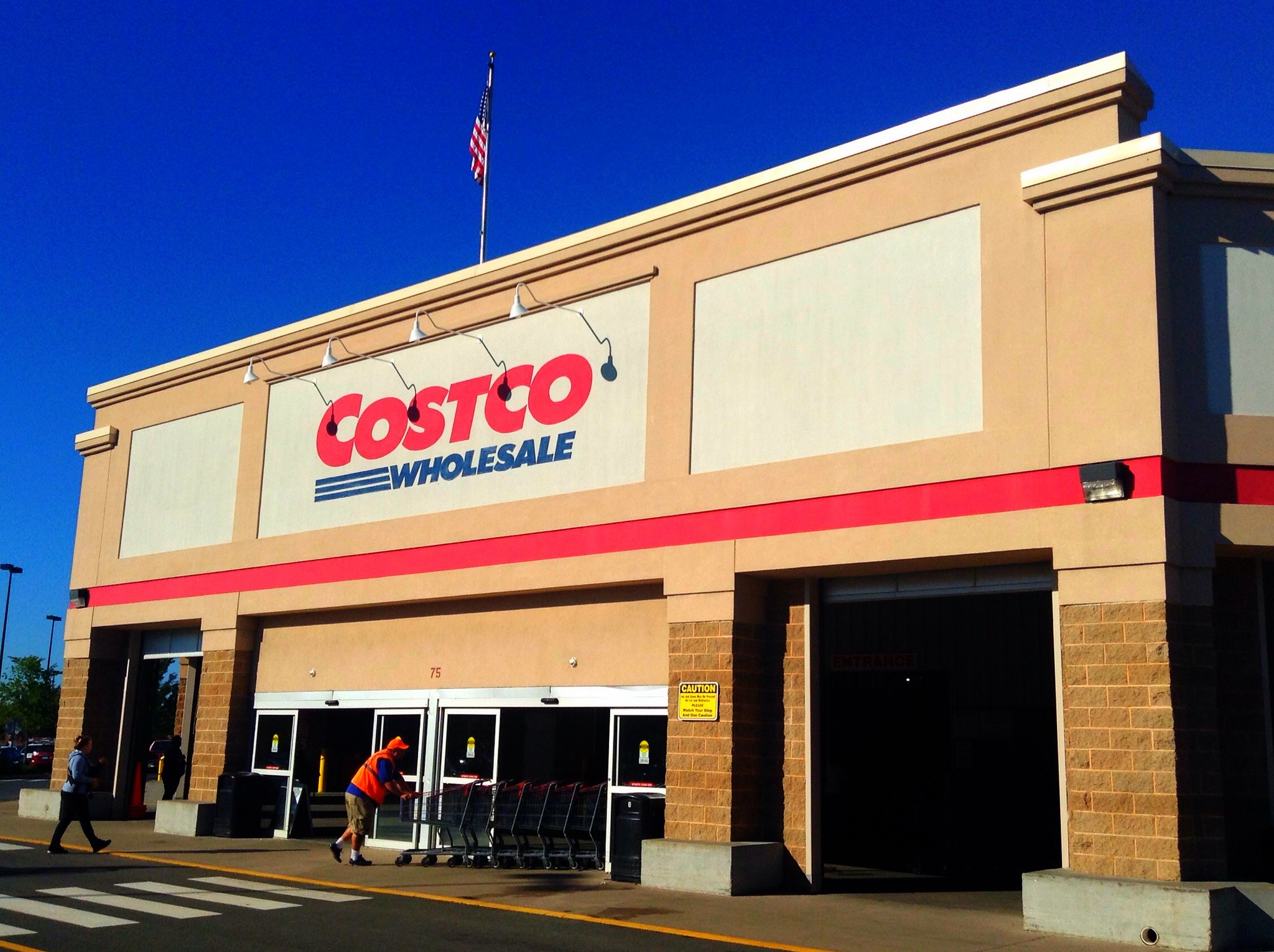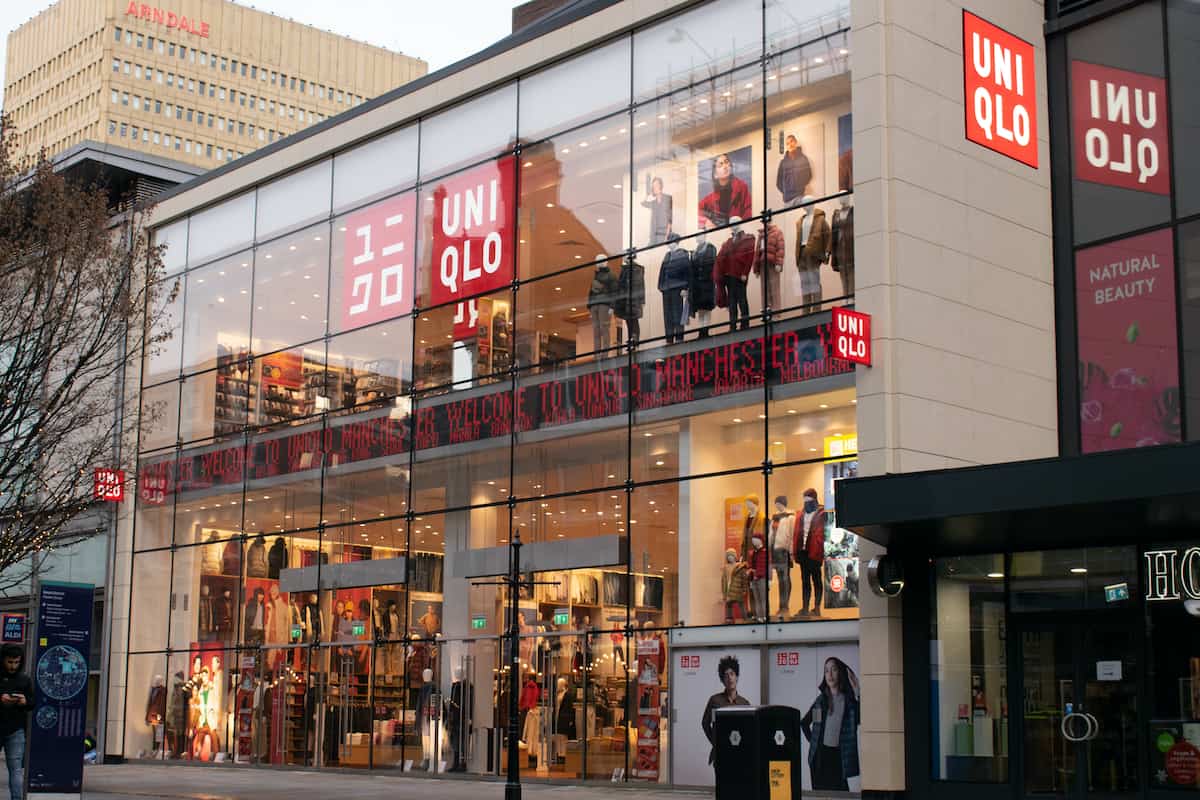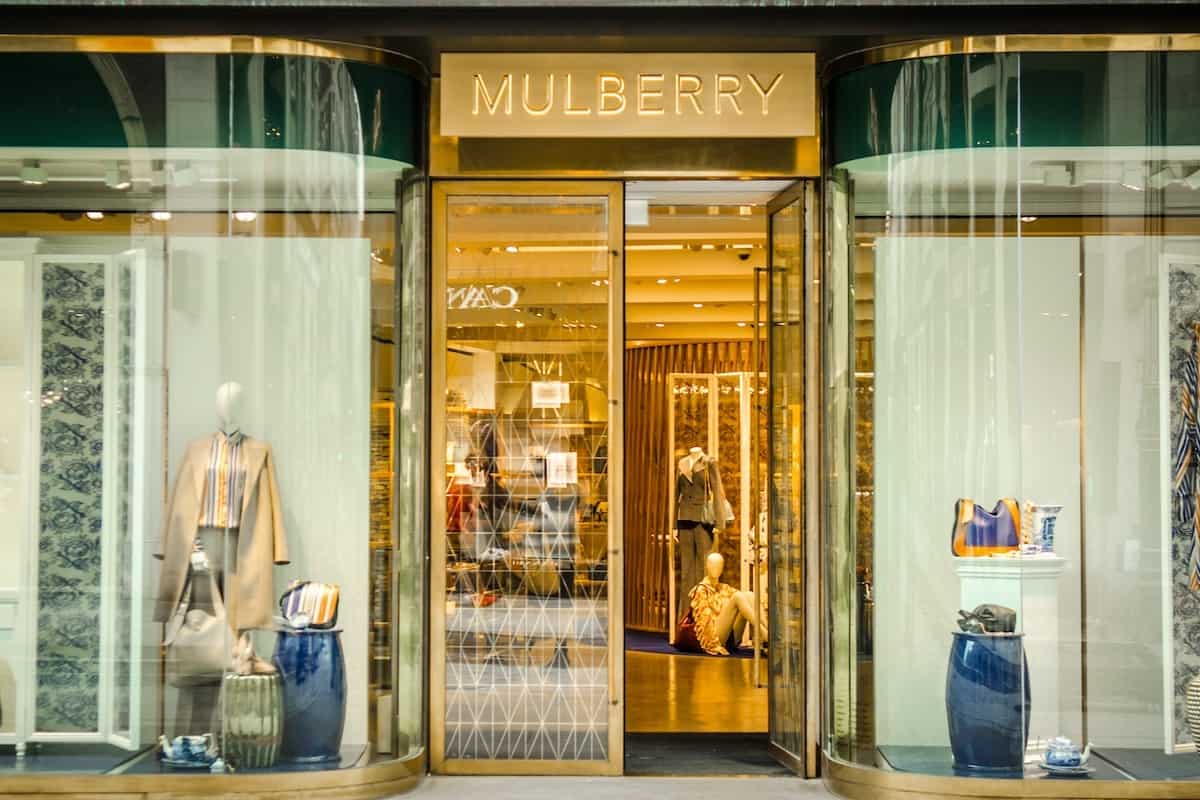With delivery and returns such a vital part of the customer  experience over Christmas how do you ensure you are remembered for the right reasons? By getting it right first-time, says Ben Willis, managing director international of Radial.
experience over Christmas how do you ensure you are remembered for the right reasons? By getting it right first-time, says Ben Willis, managing director international of Radial.
This year, £1.4bn was spent on online sales in the UK on Black Friday, up 11.7% on last year. The Christmas period is one of the busiest times of the year for retailers and it’s getting more critical to business success. With a phenomenal amount of spending now taking place before, during and after Christmas, how retailers handle delivering goods plays a huge role.
Delivery is often the deciding factor between one brand and its competitor. Should your brand’s delivery options fail to be fast enough to appeal to today’s on-the-go consumer, do not deliver to a customer’s preferred location, or are too expensive, you will lose the sale. With higher volumes of orders, and more products being ordered as gifts, how you handle returns is also a major consideration.
22% of shoppers confessed to buying more items then they needed this Black Friday because there were great deals on offer. Providing easy and effortless product return options is highly linked to brand loyalty – get it wrong and you will likely alienate and create a one-off customer.
Radial’s 2017 annual eDelivery Index has highlighted the hidden customer service failings of retailers in Europe. We found that only half of EU retailers offer express delivery and just 6% offer same day delivery across the UK and Europe. With the stakes so high, especially at Christmas with escalated demand from the Black Friday, Boxing Day and clearance sales, these returns and delivery failings are negatively impacting on bottom lines.
The entitled modern consumer wants their product yesterday, and to be able to return their goods just as easily. With the stakes so high at Christmas, for both retailers and shoppers alike, avoiding delivery and returns mistakes is key to winning during the festive season and beyond.
How to deliver the best this Christmas
The most important thing as a retailer at Christmas, and in fact at any time of year, is that you meet or exceed your promises. Set conservative last-minute order cut-offs which you can extend, rather than overcommitting at the start. Make sure you keep customers updated about when their orders will arrive and allow them to track their orders online. This will not only keep your customers happy, but it will also stop you customer service teams becoming swamped with calls.
When you are delivering to meet a hard Christmas deadline you should consider the carrier you use – EU customers are more likely to purchase from a brand if they trust the carrier. You will also need to consider customer location to ensure inventory can be shipped in the most effective way.
Using multiple carriers can also help you as a retailer to deal with high volumes of orders at this time of year, and carries the added benefit of allowing you to set multiple last order deadlines. Delivery to stores can offer a great contingency when snow sets in or the carriers get overwhelmed, which can happen frequently at this time of year.
You can use either existing store stock to allow customers to purchase online and pickup in-store, or consolidated click & collect deliveries to stores instead of thousands of individual home deliveries. It’s also worth mentioning dedicated queues for click & collect orders in-store to reassure customers worried about being caught up with last minute shopper crowds.
Convenience is never more important to customers than at Christmas time. Beyond click & collect, 34% of retailers now also offer delivery directly to 3rd party locations such as convenience stores, which can be a very attractive option for customers.
Make your customer’s life as easy as you can – you’ll be rewarded with the sale, and often long-term brand loyalty, if you get it right. By offering multiple returns options, you will also be making life easier for your customer.
In-store returns offers a significant opportunity to cut down the cost of returns by assimilating returned products directly into store inventory for resale. The other advantage of in-store returns is the footfall that it generates in terms of fresh sales. For instance, this footfall assists sale retention by promoting exchanges ahead of refunds; an interaction that is particularly valuable for fashion retailers where size or colour options may not be suitable. In contrast, charging customers to process returns by post not only reduces customer loyalty, but also discourages customer orders at the outset.
A ubiquitous omnichannel offering is simply not the reality for many businesses, despite a need for this offering during the high retail spend across the festive season. You need to consider how to engage with customers beyond the point of purchase and prioritise delivery and returns that meet their needs to ensure repeat business. As brand loyalty dwindles, it is essential to provide excellent service across the full customer journey whatever the time of year.
Ben Willis, managing director international of Radial.
Image credit: Fotolia and Radial








